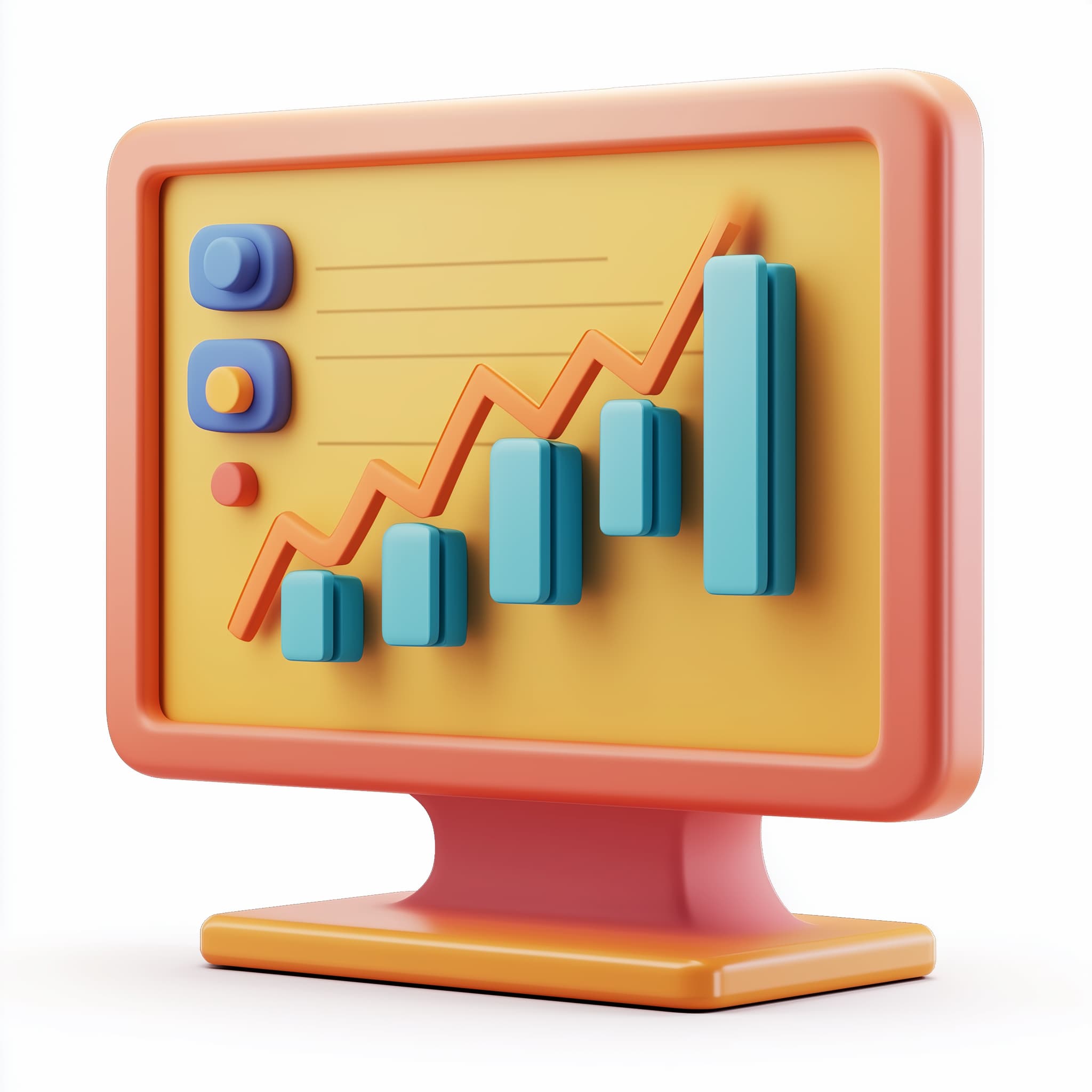A modern website can collect hundreds of digital indicators about its visitors. Web analytics is the process of analyzing such data, processing it, and adapting the site for specific purposes. For example, you can see how many people visited the site in a month, where they came from, what they did on the site, how long they stayed on it and where they went afterwards. Knowing this – you can strengthen advertising on the channel that brings traffic, make people’s stay on the site more pleasant and thereby increase conversion to a successful sale of a product. Below we break down the main categories of data that can help you get the most out of your site.
What you can analyze with web analytics
Here are the main indicators:
The number of unique visitors. You have access to information in the context of any time interval – from hours to years.
The time spent by the visitor on the site. The higher it is – the better.
Depth of page views. Indicates how many pages per visit a visitor views.
Bounce rate. Google services count them differently, but if a person enters a page and immediately leaves – it’s bad.
Transitions within the site. If the site is adapted, filled with content and it is in order with internal linking – this figure will be higher.
Transitions from external sources. Important for the rank of the site indicator because it indirectly indicates its authority.
Data on the target audience (TA). Sodiodemographic data, geo, interests and more.
User actions. Blog comments, product reviews.
“Goal attainment” shows the extent to which visitors complete the planned action: fill out lead forms, order calls, leave requests.
Technical indicators: total load on the site, page load speed, type of operating system used by the visitor, etc.
Why do you need web analytics?
The purpose of web analytics is to improve user interaction with your website. There are no perfect websites. But with web analytics you can make your site better and more comfortable for visitors.
How web analytics can help:
Evaluate the quality of incoming traffic (how much the audience of visitors corresponds to your target audience).
Identify and eliminate technical, design or content flaws in the site.
Identify and confirm the effectiveness of a particular advertising channel.
Reduce the cost of attracting a user/customer.
Measure the actions of users, compile them and prescribe portraits of the target audience of the site.
Find ways to increase conversion to sales, reduce the cost of attracting a customer, or other meaningful indicators.
Basic Web Analysis Techniques
Here are 7 key categories for web site analysis:
Traffic. Determining the number of unique visitors, identifying reasons for decreasing and ways to increase traffic.
Traffic sources (where users get to the site). Here the efficiency of various advertising channels, the cost of attracting a client in each of them, the most effective requests are evaluated.
TARGET AUDIENCE. Information is collected about the sociodemographic characteristics of visitors, their hobbies and interests, activity in various channels and communities.
Functionality. Calculate the pages of the site where users are most active, and on their basis predict scenarios for the CA behavior.
Errors. This is primarily a “technical audit” of the site: identifying double and dead pages, broken links, the causes of slow performance, etc.
E-commerce: analysis of all sales metrics. Beginning with the time a visitor spends to get acquainted with the product and ending with the average bill. Here the most “popular” products and the most purchasing customers are revealed.
Competitors. Competitor traffic is analyzed, intersections with existing target audience are identified, a list of the most popular products is determined, etc.
Types of web analytics
Standard web analytics
ONLY the site and its performance are analyzed. The main data comes from installed Google Analytics counters. Additional information can be obtained with the help of log-analytics programs, which collect and store server-side data about your website visits.
End-to-end web analytics
Most businesses use end-to-end web analytics: it provides much more information about their users. Not only “who they are and what they like”, but also which ads they click on, how much time they spend on product pages, what actions they perform on the site, at what time they pay. In fact, end-to-end analytics combines traditional web-analytics with functionality of payment and CRM-systems, database management systems (like MySQL) and advertising accounts. End-to-end web analytics is what gives you the most accurate assessment of the effectiveness of an advertising channel and directs the budgets in the right direction.



